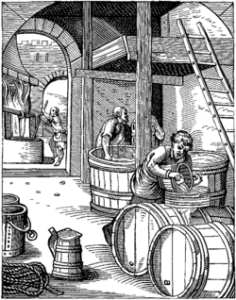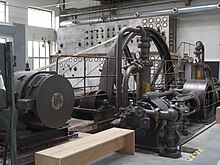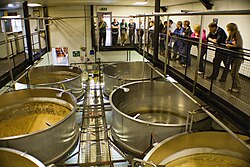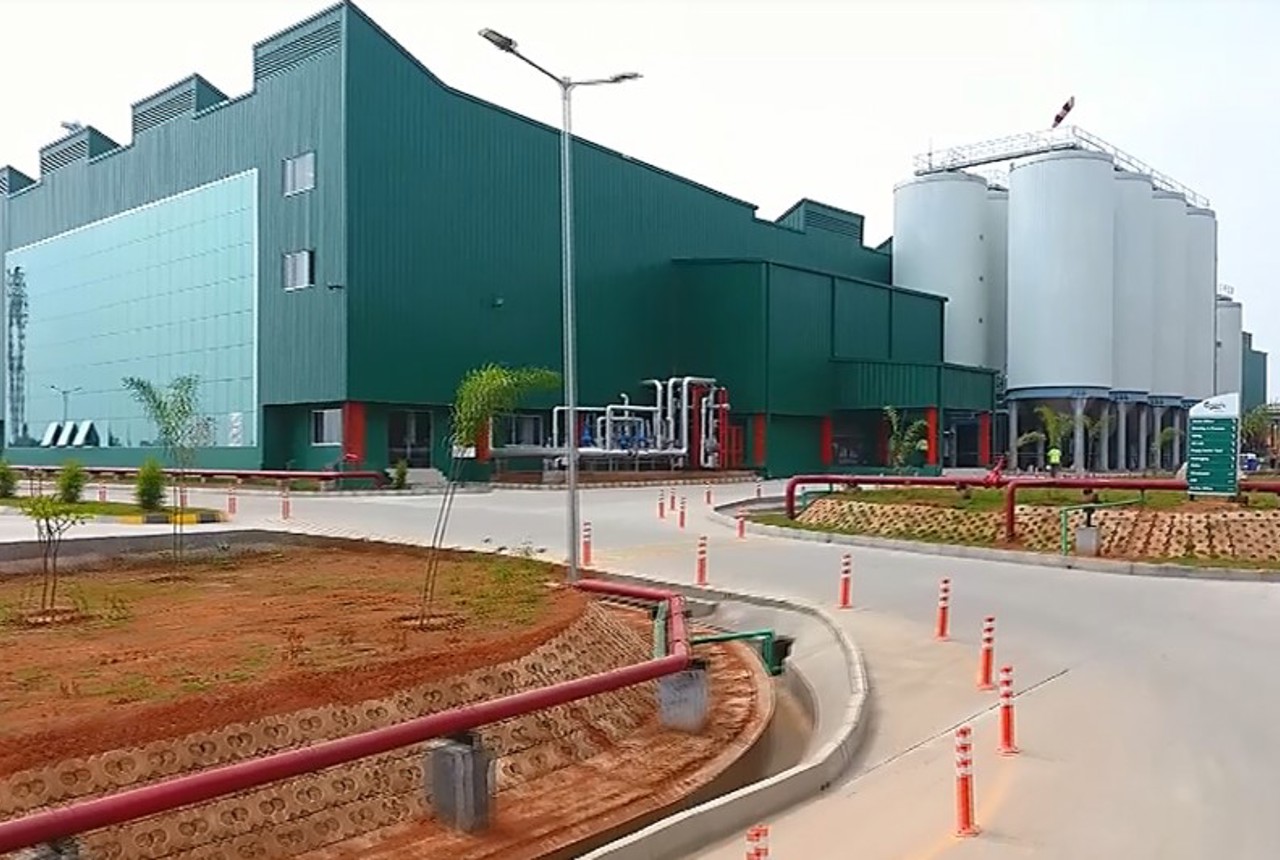
“Beer is the answer…but I can’t remember the answer.”
-Unknown.
You would have spent so many hours with a glass full of that bitter-sweet, colored liquid in your hand; enjoying an evening with friends, cooling off during a summer day, partying with relatives, having a business luncheon with a client, or just having a great time sitting quietly alone in your study room. But have you ever thought you aren’t just holding an ordinary liquor to your lips, you are in fact sipping from a glass full of history?
Yes, don’t be surprised, this ordinary-looking liquid with a great taste, beer, is more than 5000 years old according to the historians!

A long and colourful history
It is believed that beer making is almost as old as the dawn of civilization, as soon as man began settling down as agricultural societies. He started cultivating grain, the most vital element in beer making.
Historians are not sure about when this intoxicating liquid was actually first made or by whom, but the oldest written documentation regarding it can be traced back to old ancient civilization of the Sumerians. According to these scriptures, the beverage made them feel exhilarated, wonderful and blissful; a gift from the God! Do the modern people feel any different today?
Mesopotamian writings of around 2500BC describe daily ration of beer and bread to workers. The ancient Roman historian Tacitus (around 800BC) compares Roman wine with Germanic beer, calling it the drink of crude, barbaric people.
Beer making: From households to monasteries
Before production breweries actually came into existence, beer was produced domestically and was considered the domain of women. Baking and brewing were seen as women’s work at the time; and it went on for centuries. The responsibility of making beer was shifted to men only around 9th century when breweries, as production facilities reserved for producing beer, emerged as monasteries and other Christian institutions started producing the beverage. They made beer not only for their own consumption but for commercial purposes, too. The abbeys were, in fact, instrumental in refining the methods used for brewing and making it more popular among the masses. The commercial value of the coloured liquor kept many religious communities afloat that owed their very existence to the profits made from its sale.
Germans were the first to standardize the process of brewing and start mass production of beer. These methods and guidelines spread all over Europe, and much later to the American continent. The oldest known brewery that is still functional is the German state-owned Weihenstephan brewery (1040AD)at Freising, Bavaria.
These early breweries consisted of multiple stories, fascinating stories about housing equipment used earlier in the process to use gravity for transferring the product from one stage to the next. These breweries used large copper containers in the brewhouse while lined wooden containers were used for fermentation and storage.

Industrial brewing
Industrial revolution had a major impact on beer making just as it did on other walks of life. Domestic production ceased to be significant by the end of the 19th century and artisanal brewing was replaced by industrial brewing. Better materials were now available and there was a better understanding of the brewing process. The design of breweries underwent a corresponding change and stainless steel replaced all other materials for the manufacturing of nearly all the equipment. The invention of a process like pasteurization and a machine-like steam engine changed the face of beer making and the design of breweries forever. Again, refrigeration made it possible to manufacture beer during summer months also and the rail network and other fast communication systems ensured that the beverage’s market went global.

Modern breweries
The modern brewery is getting bigger and bigger as technology makes it possible to make countless varieties of beer in large quantities. These brewery buildings usually have ornamental exteriors and functional interiors. Stainless steel is primarily used for the equipment, though copper cladding is sometimes used on the vessels for a nostalgic look. However, we also have small beerhouses and craft beer manufacturing for different taste and experience. Technology even makes it possible to make customized beer according to one’s preference and taste at home today. Going back to the early days, hmm?
We shall keep discussing this intoxicating topic for some time to come and talk about different intricacies of the modern-day brewery, some great breweries and brewery designers. Your erudite views and feedback are most welcome.
Sources
https://en.wikipedia.org/wiki/Brewery
www.heartlandbrewery.com/history-of-beer/
www.beerhistory.com/library/holdings/raley_timetable.shtml
www.todayifoundout.com/index.php/2014/04/history-beer/

